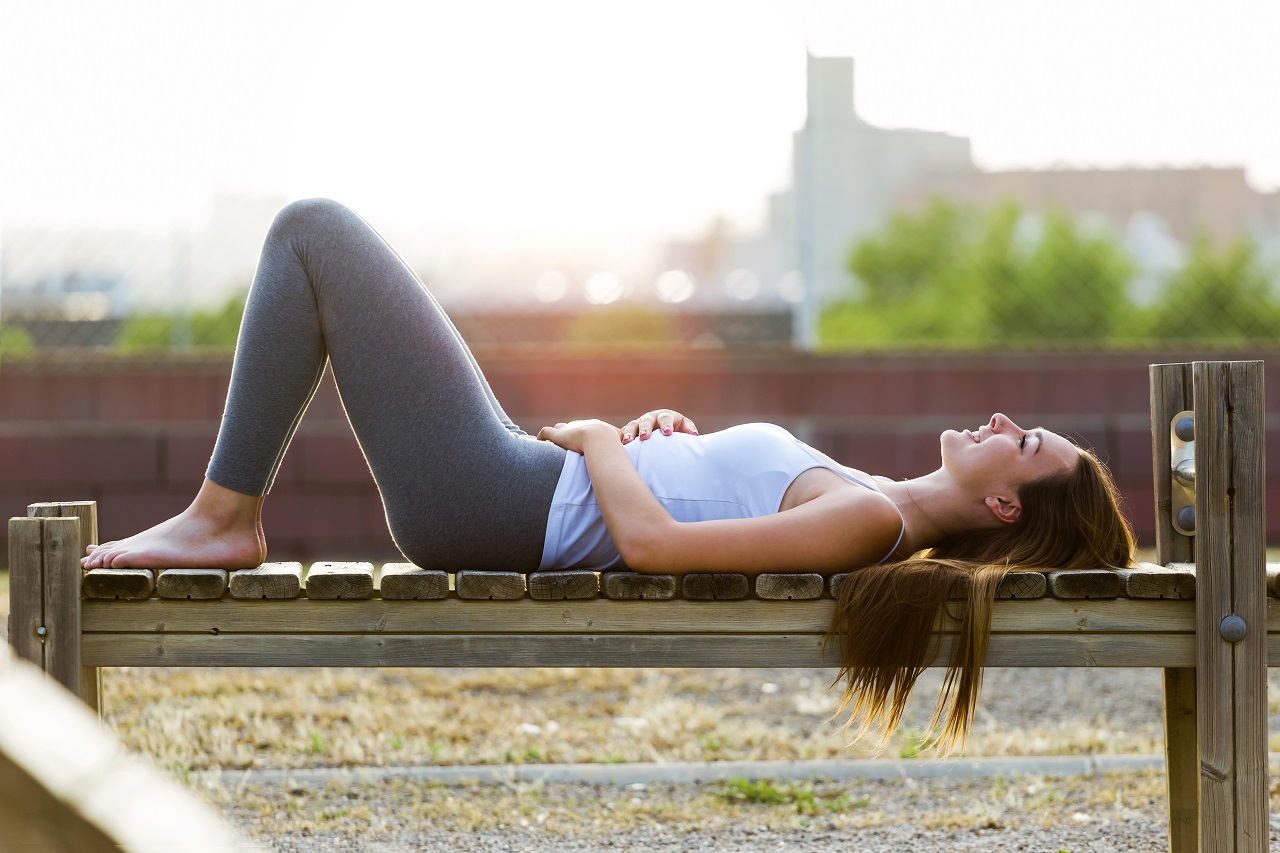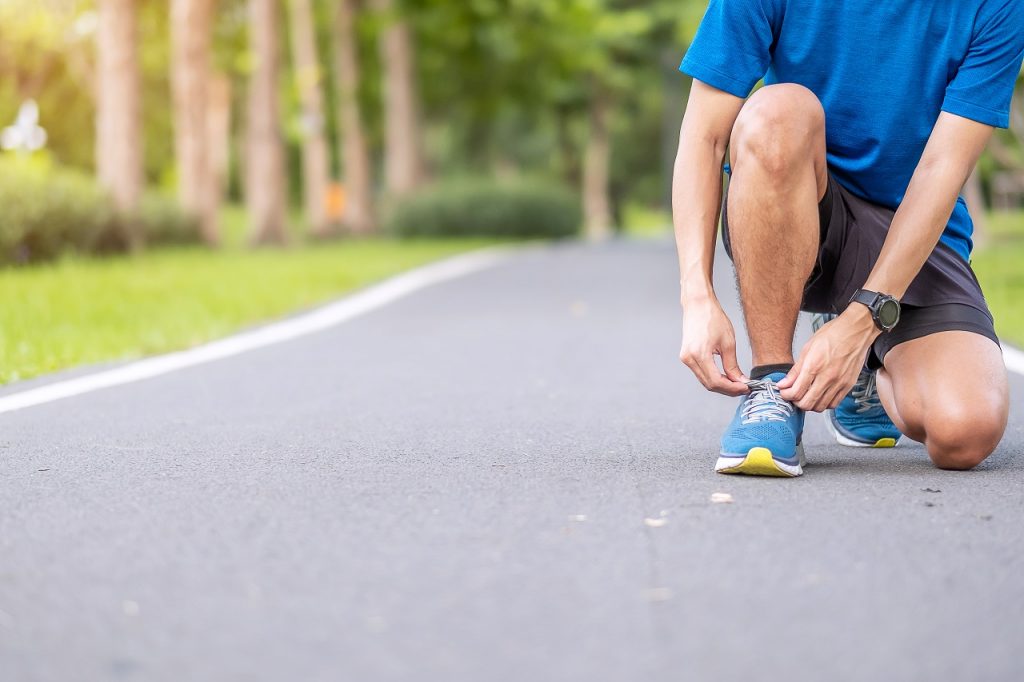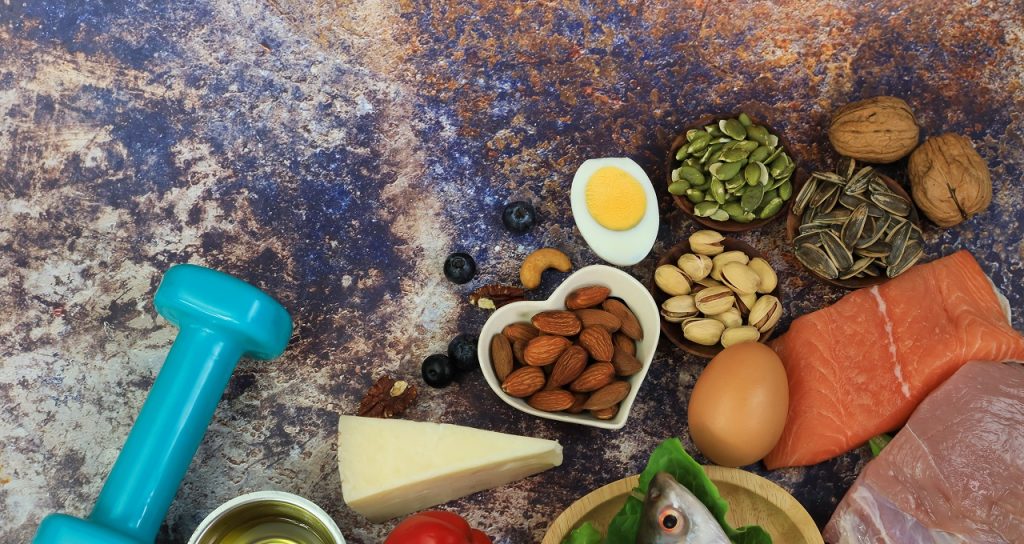
We’ve heard one too many instances of people having great success with weight loss! In fact, every time I visit the gym, I come across many such success stories. However, I can’t help this sinking feeling that the real strugglers are the ones who want to gain weight and build muscles.
Are you one of them? Ever wondered what you’re doing wrong despite indulging in healthy food, doing every possible workout, and trying to increase your appetite? Let’s see how you can gain healthy weight. But before that…
Let’s See What You’re Doing Wrong
1. Protein: Gym trainers and dieticians often suggest including more protein, some in the form of powders and others suggest natural sources such as eggs, Sattu, curd, cottage cheese, and the likes. However, calculating the right amount of protein required is often missed. One requires around 1.25g/kg ideal body weight proteins to build up muscles. For example, if you are 60kg, then the required amount of protein required by you on a daily basis to build muscles is 75g.
If you aren’t having enough or the required amount of protein, you will not see a difference. Hence, take some time out and consult professionals who can help you calculate. To gain healthy weight and build muscles, you also need to watch your carbs, antioxidants, and workouts.
2. Carbohydrates: I’ve noticed this as a trend. Most people place so much emphasis on proteins that they forget about carbs. Did you know that if approximately 60% of your diet isn’t from carbohydrate sources, your body will utilize protein to supply energy? Which means your body will not have enough proteins for tissue building.
3. Antioxidants: Fruits and salads are often flawed to be used as a weight-loss diet. Vegetables and fruits are the best source of antioxidants that help in tissue repairs, prevent injuries and inflammation. So, include vegetables and fruits with Selenium, Zinc, Vitamin C, and Vitamin E in your diet on a daily basis.
4. Workout: Your workout should focus more on strength training; however, ensure that you still do some cardio. Cardio will help your heart and lungs function better, which in turn will prevent you from falling ill during your program.
Foods That Help in Healthy Weight Gain and Muscle Building
- Dates: They are loaded with iron, natural sugar and antioxidants. Eat 4-5 dates before your workout as dates provide you with instant energy and prevent muscle damage.
- Sweet Nuts or Pulse balls (Chikkis): This is a sweet dish made up of pulses, nuts or seeds. It is nothing but roasted whole gram, peanuts or sesame seeds and jaggery. It’s a perfect combination of proteins and carbohydrates. Munching on them as mid-meal snacks work as an energy booster.
- Nut Shakes: A big serving of dry fruits is difficult to consume at a time, but having them in a powdered form with milk will supply your body with good amounts of protein.
- Fruit Smoothie: Eating fruits with curd will help add some antioxidants to your protein dose. This is probably the tastiest and most delicious way to consume fruits!
- Combination of Cereals and Pulses: Just eating a pulse at a time will really not help as it doesn’t provide us with good quality proteins. But, when combined with a cereal, it will provide the benefits of both protein and carbohydrates. Options like Dal Paratha (Pulse Flat Breads), Puranpoli (Sweet Jaggery Flat Breads), Khichdi (mix of pulses, rice and vegetables cooked together), and Idli (steamed rice pan cakes) should be considered.
- Adding Vegetables to Meat: Eating a separate serving of vegetable becomes difficult. The meal size may exceed if we have 1 serving of vegetable for vitamins & minerals and 1 serving of non-veg preparation for proteins. The best option in my opinion is to combine a non-vegetarian source with vegetables. For instance, Spinach (Palak) Chicken, Tomato Omelet, and Capsicum Stuffed with Mince.
- Peanut Butter: People often go overboard with regular butter and get major changes in lipid profile but no change in weight. Ideally, one should apply peanut butter on their bread slices for the right fats and protein combination.
The key rule for healthy weight gain is to go for nutrient-dense meals. These healthy compact meals do not require an extreme appetite boost. Focus on healthy weight gain and be patient while you are in a weight gain program as it’s easy to cut on fats but takes time to add on muscles. Remember, it took 9 months to give you around 3kg of weight at birth. Stay at it and be patient.
We hope this article helps you! For more, check out Healthy Reads or you can speak to a GOQii Coach directly for expert guidance and motivation. Subscribe for Personalised Health Coaching here.
#BeTheForce
 Our world is becoming healthier with people opting for a healthier lifestyle that involves clean eating and staying active. The first attempt to keep ourselves healthy begins by being active. However, being active also means taking good rest after any physical activity. Our body requires a rest period between our workout days. But, there are a few who tend to
Our world is becoming healthier with people opting for a healthier lifestyle that involves clean eating and staying active. The first attempt to keep ourselves healthy begins by being active. However, being active also means taking good rest after any physical activity. Our body requires a rest period between our workout days. But, there are a few who tend to 




